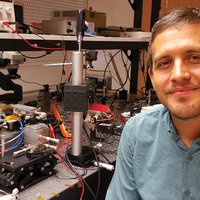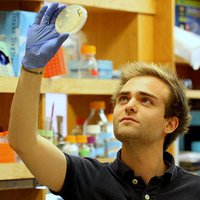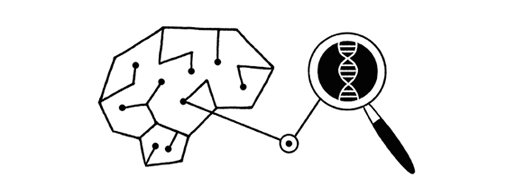Biotechnology & medicine
Gilad Evrony
Single-neuron genome sequencing is revealing clues about what goes wrong in the brain.
Illustration by Miguel Porlan

Europe
José Luis Rubio
His technology reduces the number of unnecessary biopsies performed to diagnose skin cancer

Europe
Xavier Duportet
Development of intelligent antibiotics that kill specific bacteria based on the code they carry in their genome

Global
Rikky Muller
Hardware that buzzes the brain at the right moments could help treat debilitating mental disorders.

Global
Canan Dagdeviren
A master of flexible sensors and batteries sees opportunities for a new class of medical devices.

